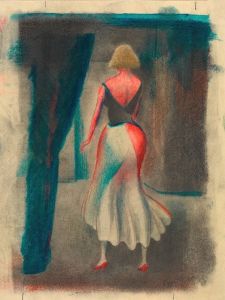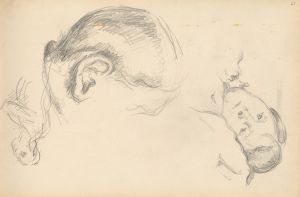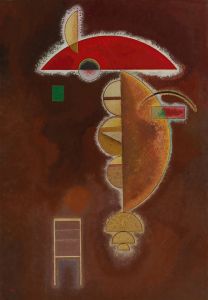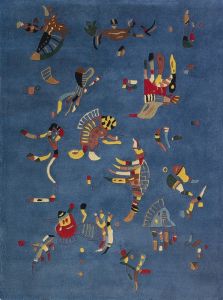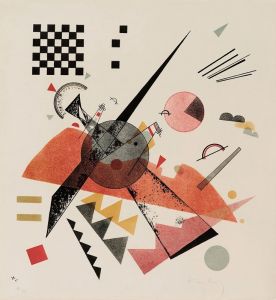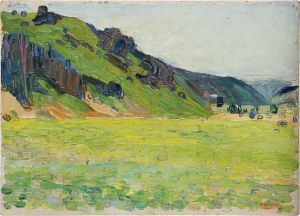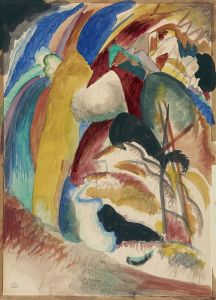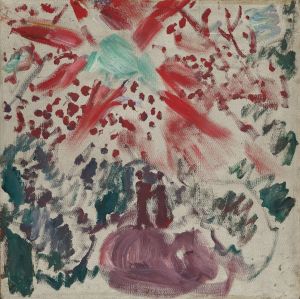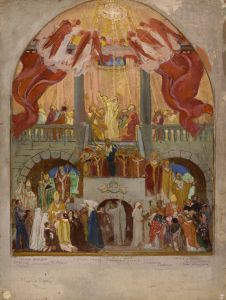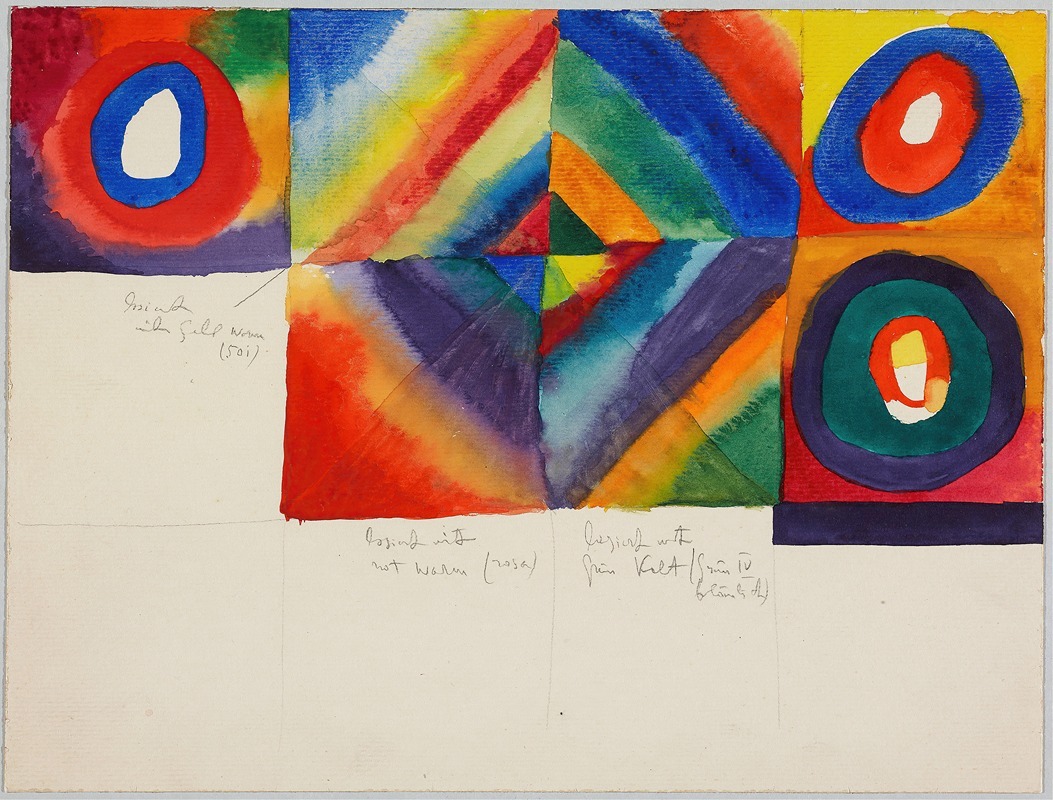
Color studies with information on painting technique
A hand-painted replica of Wassily Kandinsky’s masterpiece Color studies with information on painting technique, meticulously crafted by professional artists to capture the true essence of the original. Each piece is created with museum-quality canvas and rare mineral pigments, carefully painted by experienced artists with delicate brushstrokes and rich, layered colors to perfectly recreate the texture of the original artwork. Unlike machine-printed reproductions, this hand-painted version brings the painting to life, infused with the artist’s emotions and skill in every stroke. Whether for personal collection or home decoration, it instantly elevates the artistic atmosphere of any space.
Wassily Kandinsky, a pioneering figure in abstract art, is renowned for his exploration of color and form, which he believed could evoke emotions and spiritual responses. One of his works, "Color Studies with Information on Painting Technique," exemplifies his innovative approach to painting and his deep interest in the psychological effects of color.
Kandinsky was born in Moscow in 1866 and initially pursued a career in law and economics. However, his passion for art led him to move to Munich in 1896, where he began his formal art education. By the early 20th century, Kandinsky had become a central figure in the development of abstract art, co-founding the influential art group Der Blaue Reiter (The Blue Rider) in 1911. His work during this period was characterized by a bold use of color and a departure from representational forms.
"Color Studies with Information on Painting Technique" is a testament to Kandinsky's belief in the expressive power of color. Although specific details about this particular work are scarce, it is consistent with his broader oeuvre, which often involved studies and experiments with color theory. Kandinsky was heavily influenced by the synesthetic experience of music, and he often drew parallels between painting and musical composition. He believed that colors could be arranged in a manner similar to musical notes to create a harmonious composition that resonated with the viewer on an emotional level.
Kandinsky's approach to painting was methodical and deeply rooted in his theoretical writings. In his seminal book, "Concerning the Spiritual in Art," published in 1911, he outlined his ideas about the spiritual and emotional properties of color and form. He argued that colors have intrinsic qualities that can affect the soul, and he categorized them based on their perceived warmth or coolness, their ability to advance or recede in space, and their capacity to evoke specific emotions.
In his color studies, Kandinsky often employed a technique that involved layering colors to create depth and vibrancy. He was known for his use of contrasting colors to create dynamic compositions that captured the viewer's attention. His technique was not just about the application of paint but also about the interaction of colors on the canvas, which he believed could convey a sense of movement and rhythm.
Kandinsky's work had a profound impact on the development of modern art, influencing artists and movements throughout the 20th century. His exploration of color and abstraction paved the way for future generations of artists to experiment with non-representational forms and to consider the emotional and psychological effects of color in their work.
While "Color Studies with Information on Painting Technique" may not be as widely recognized as some of Kandinsky's other works, it remains an important part of his artistic legacy. It reflects his lifelong dedication to understanding and harnessing the power of color, and it exemplifies his belief in the transformative potential of art. Through his innovative techniques and theoretical insights, Kandinsky continues to inspire artists and art enthusiasts around the world, affirming his place as a visionary in the history of art.





